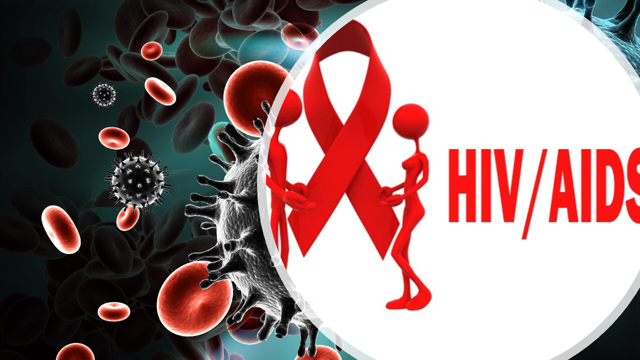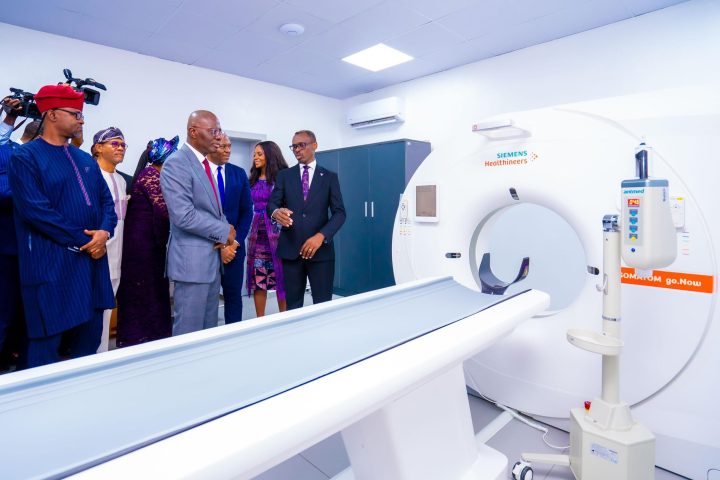When human immunodeficiency virus type 1 (HIV-1) was first recognised as an AIDS-causing disease in 1981, it was regarded as the kiss of death because it was incurable. The late stage of the HIV infection is called AIDS (Acquired Immunodeficiency Syndrome). By this late stage of the disease, the virus has badly wrecked the body’s immune system so that the patient is very vulnerable to all sorts of infections and diseases.
There are two HIVs: HIV-1 and HIV-2. Both viruses are similar in every way, including progression of their clinical development into AIDS. The main differences between the two viruses are that while HIV-1 has high transmissibility with the potential to cause AIDS, HIV-2 has lower transmissibility and a reduced incidence of progression toward AIDS.
Join our WhatsApp ChannelSince the recognition of HIV/AIDS as a disease, various medical strategies have been adopted to managing the disease and, in the process, prolonging the life of the patient. But even with these mitigating measures, about 38 million people are currently living with HIV globally, and 74 million people have been infected since the beginning of the epidemic in 1981. There is also a considerable problem of drug-resistance among those living in the West who have access to long-term intervention programmes.
A common approach to managing the disease is antiretroviral therapy (ART). Antiretroviral therapy reduces the viral load in the body to almost undetectable levels and prevents the virus from spreading to others. In contrast to the benefit of the therapy, the immune system sequesters the virus in reservoirs in the body. It means that if the patient stopped taking the medication, the virus would start reproducing, move out of its confinement and start spreading.
A true cure would require eradicating this viral reservoir. There is evidence that stem cell transplantation (i.e., allogeneic hematopoietic stem cell transplantation) reduces the viral reservoir substantially but does not eradicate it completely.
On the surface of white blood cells (leukocytes), is a protein molecule called C-C chemokine receptor type 5 (CCR5 or CD195), which acts as a receptor for chemokines (proteins that control the direction of leukocyte movement). By mediating chemotactic activity in leukocytes, the CC5 protein participates in inflammatory and immune responses. HIV uses this receptor protein to enter into host cells. Therefore, if HIV is denied interaction with CC5, it is locked out of the immune system.
In 2007, Stem cell replacement technology was used to cure Timothy Ray Brown of HIV/AIDS. As at then, to hide the identity of the patient, he was simply referred to as the “Berlin patient”. This was done by Mr Brown undergoing a bone marrow replacement therapy during which, his cancerous bone marrow cells were basically destroyed, and the destroyed cells replaced with stem cells from a healthy donor. The donor had a unique genetic mutation called CCR5Δ32/Δ32 so that the CCR5 protein was prevented from being expressed on the cell surface. And without this protein, the HIV-1 virus failed to enter Mr Brown’s cells. Mr Brown who was later weaned off ART, was HIV-free until his death in 2020. Thus, Mr Timothy Ray Brown was the first person in history to be cured of HIV/AIDS.
In 2019, another person by the name of Adam Castillejo, otherwise known as the “London patient”, was cured of HIV/AIDS using the same bone marrow replacement technique. And presently, it appears that a third person may have been cured of HIV/AIDS using the same bone marrow replacement technique as the previous two cases.
In the 23 February 2023 issue of the journal Nature Medicine, Björn-Erik Ole Jensen and coworkers revealed that a 53-year-old “New York patient”, who underwent a bone marrow replacement therapy had been HIV-free for 117 months after the operation and 14 months after being weaned off ART and placed on analytical treatment interruption (ATI) regimen.
The ATI is simply a monitoring approach designed to evaluate the efficacy of the bone marrow treatment undergone by the HIV/AIDS patient. One of such monitoring processes involves transplanting the patient’s immune cells into mice that have been engineered to have human-like immune systems. If the virus failed to replicate in mice, it means that the virus is no longer functional, and therefore, will not interfere with the patient’s immune system to cause AIDS.
The 53-year-old “New York patient” journey began in January 2008 when he was first diagnosed with HIV-1 infection. In October 2010, he was placed on antiretroviral therapy, ART, and three months later, was diagnosed with acute myeloid leukaemia, which was remedied with chemotherapy. In September 2012, the patient relapsed to leukaemia, but his condition was again remedied by chemotherapy. In February 2013, the patient underwent bone marrow replacement therapy accompanied by immunosuppressive therapy to weaken the immune system and make it receptive to the “foreign” stem cells used in the operation. But four months later, the patient had a second leukaemia relapse, which was also remedied with chemotherapy.
It was established that full donor chimerism was achieved just 34 days after the bone marrow replacement therapy. In other words, the patient’s bone marrow and blood cells were completely replaced by the donor origin.
Over the intervening years, the patient was monitored during which several related medical complications were treated. By November 2018, after establishing that no antiretroviral agents were detectable in the patient’s blood samples, he was weaned off antiretroviral therapy, and has remained in good health for 48 months!
The technique to use bone marrow replacement therapy for HIV/AIDS remedy has not yet been perfected and is at best complicated. However, it has been established that all the three HIV/AIDS patients aforementioned, had a long-term remission after undergoing the therapy. And it is suspected that the success of the operation was in part due to the application of chemotherapy before the bone marrow replacement process. This chemotherapy treatment might have assisted in eliminating the virus by preventing infected cells from dividing.
Bone marrow replacement therapy is not a suitable treatment for people who do not have leukaemia. This is because, the procedure is very risky, especially given the high probability of donor-recipient bone marrow incompatibility. To circumvent this risk and eliminate the need for donor cells, there are many studies examining the possibility of using a person’s own genetically modified stem cells in future therapies.




![Relishing Ugba [Oil Bean] Delicacy](https://www.primebusiness.africa/wp-content/uploads/2025/06/Ugba-delicacy-720x480.jpg)












Follow Us